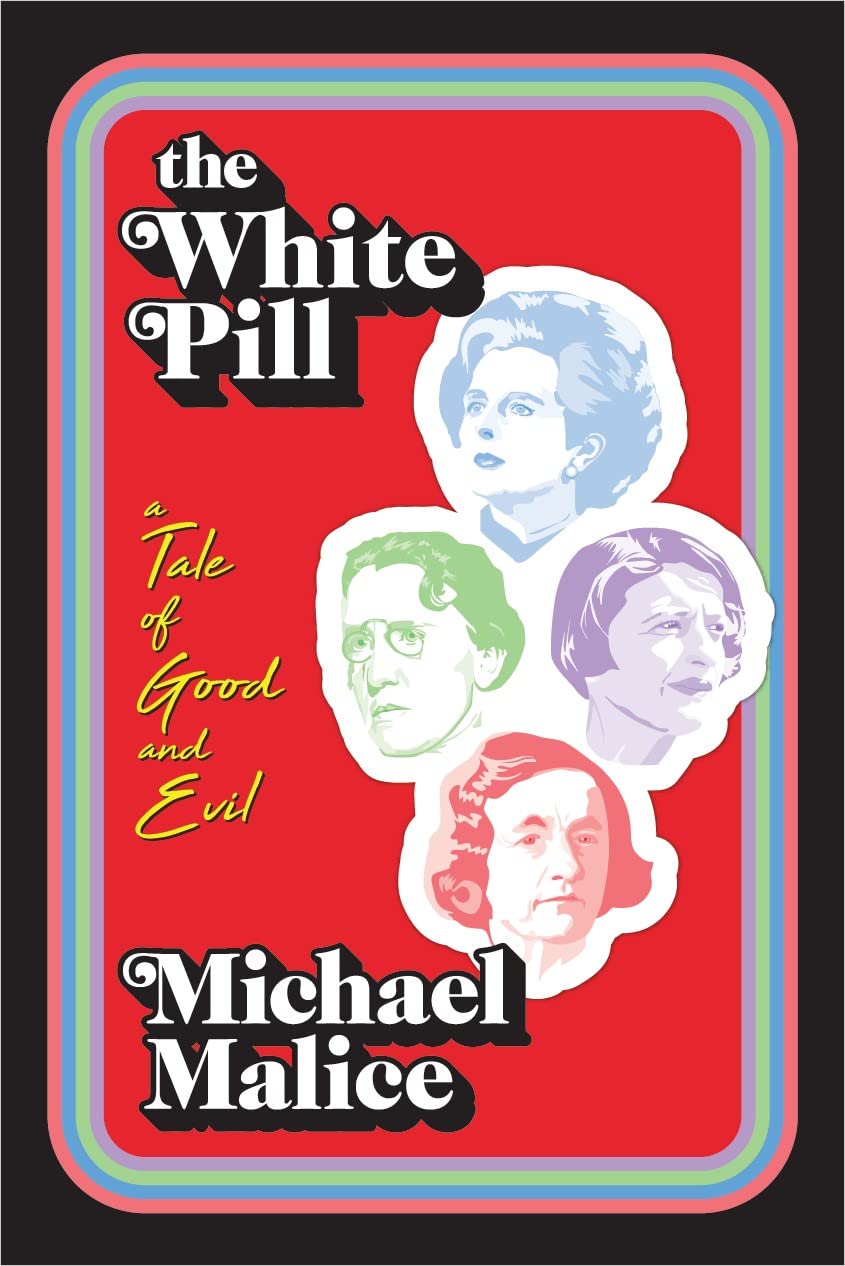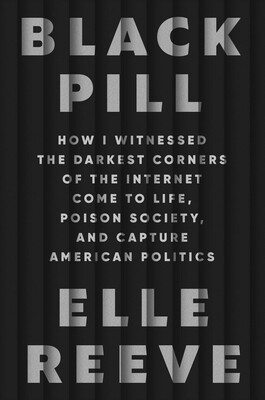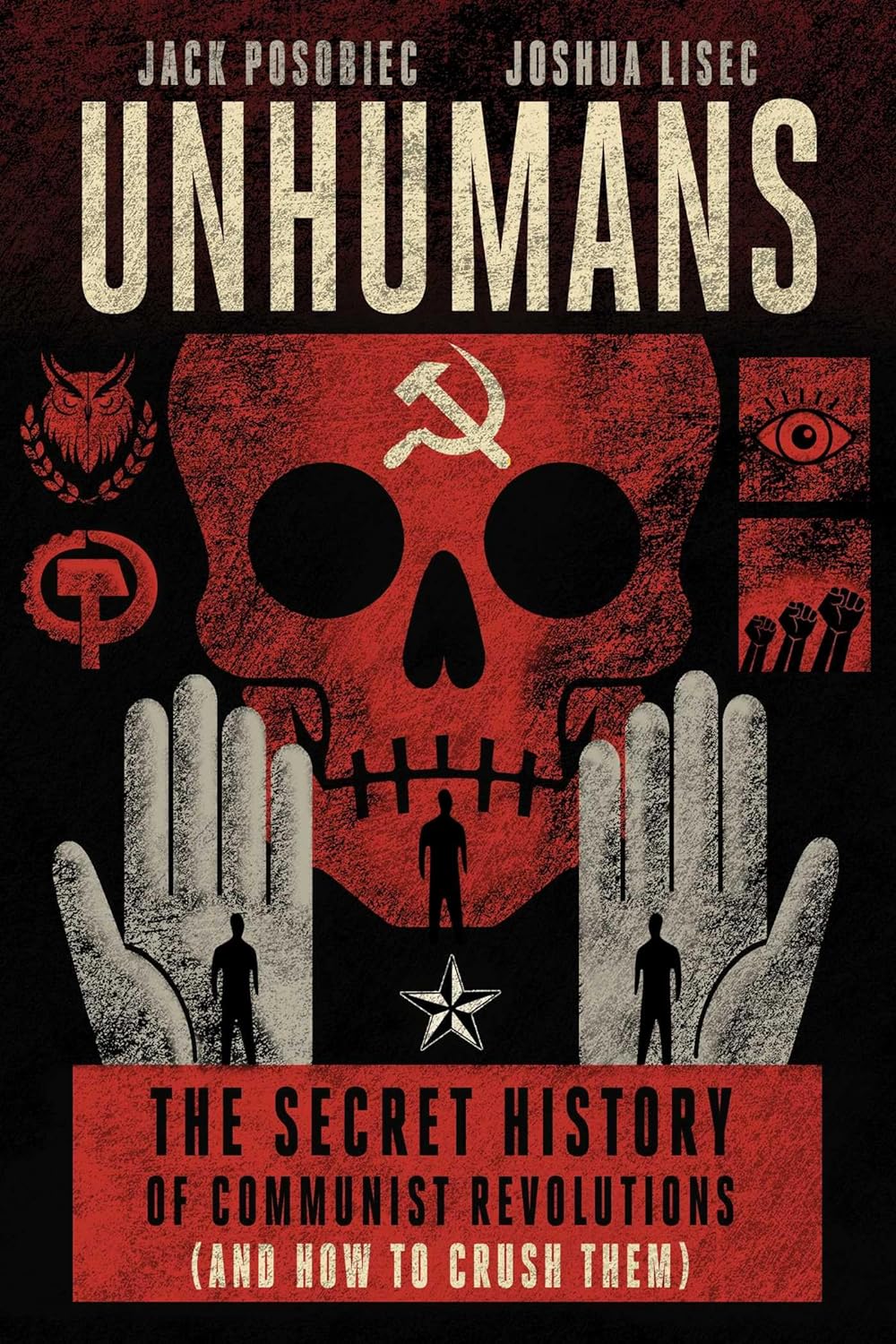
The White Pill: A Tale of Good and Evil
Book Description
In a world teetering on the brink of chaos, one man's quest for truth leads him into the heart of darkness. Michael Malice weaves a gripping tale of good versus evil, where ideologies clash and loyalty is tested at every turn. As secrets unravel and alliances shift, hope flickers like a candle in a storm. Betrayal lurks in the shadows, and every choice could spell disaster. With powerful themes resonating throughout, this journey confronts the very nature of morality. What sacrifices will be made for the sake of justice, and when all seems lost, who will emerge as the true hero?
Quick Book Summary
"The White Pill: A Tale of Good and Evil" by Michael Malice explores the brutal realities of 20th-century totalitarianism and the perseverance of hope in the face of overwhelming darkness. Drawing on both historical scholarship and personal narrative, Malice guides the reader through the horrors of authoritarian regimes, focusing particularly on the Soviet Union. Through vivid storytelling, he illustrates how regimes built on lies and cruelty ultimately unravel, but not before inflicting immense suffering. Yet, buried beneath these stories of oppression, Malice identifies the white pill—a symbol of optimism—demonstrating that even in history’s bleakest moments, individuals resist, endure, and sometimes reclaim their freedom. The book ultimately serves as both a warning about the seductive dangers of utopian ideologies and an inspiring meditation on human resilience.
Summary of Key Ideas
Table of Contents
The Rise and Fall of Totalitarianism
Michael Malice begins by immersing the reader in the catastrophic history of 20th-century totalitarianism, drawing especially on the Soviet Union’s reign of terror. He examines how idealistic promises of revolutionary change gave way to mass repression, starvation, and a machinery of fear. By tracing the genesis and structure of these regimes, Malice exposes how power, once consolidated, becomes self-perpetuating and ruthlessly intolerant of dissent.
Propaganda and the Manipulation of Truth
Central to the book is the exploration of propaganda: how totalitarian states manipulate language, truth, and even memory to justify their actions and control populations. Malice highlights historical examples of newspeak, manufactured crises, and relentless campaigns against supposed enemies of the state. He considers how societies succumb to these narratives, offering a cautionary assessment of present-day media and political discourse.
Resistance and the Human Spirit
Amid bleakness, Malice’s narrative is suffused with stories of resistance. He celebrates dissidents, underground movements, and everyday acts of defiance that endure even under the harshest scrutiny. By drawing on biographies, memoirs, and firsthand accounts, he shows how the human spirit can survive and even flourish in the most oppressive conditions, often planting seeds for liberation and future reform.
The Cycle of Hope and Despair
Malice interweaves moments of despair—mass purges, gulags, and betrayals—with what he calls the "white pill": the kernel of hope that remains unextinguished. He suggests that history is cyclical; just as evil appears ascendant, cracks inevitably form. The book examines the unpredictable forces and individuals that accelerate a regime’s collapse, emphasizing the enduring potential for good even when all hope seems lost.
Lessons for Modern Society
Finally, Malice reflects on the enduring relevance of these lessons. He cautions against complacency, noting the seductive power of ideological certainty in any era. The book ends with a call to vigilance, urging readers to recognize the warning signs of authoritarianism in contemporary society. Ultimately, he advocates for resilience, intellectual honesty, and a commitment to defending human dignity against all forms of tyranny.
Download This Summary
Get a free PDF of this summary instantly — no email required.





